Storytelling in Ichishkíin
Building Solidarity in Ichishkíin
PRACTICAL IDEAS & RESOURCES
Resources in this section curated by: Allyson Alvarado
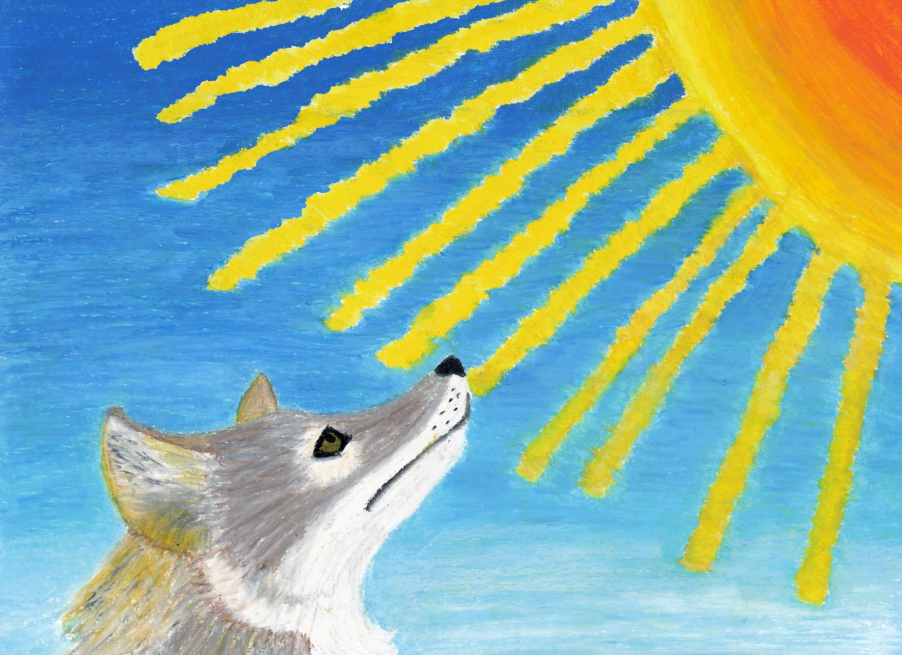
Union Gap Story - Day and Night | Yakama Legend: Written Version, Spotify
This legend is a story about Union Gap, a geographical landmark that is important to Yakama people for many reasons. The legend is also known as Day and Night because it tells a story of how the animal people created day and night for the humans.
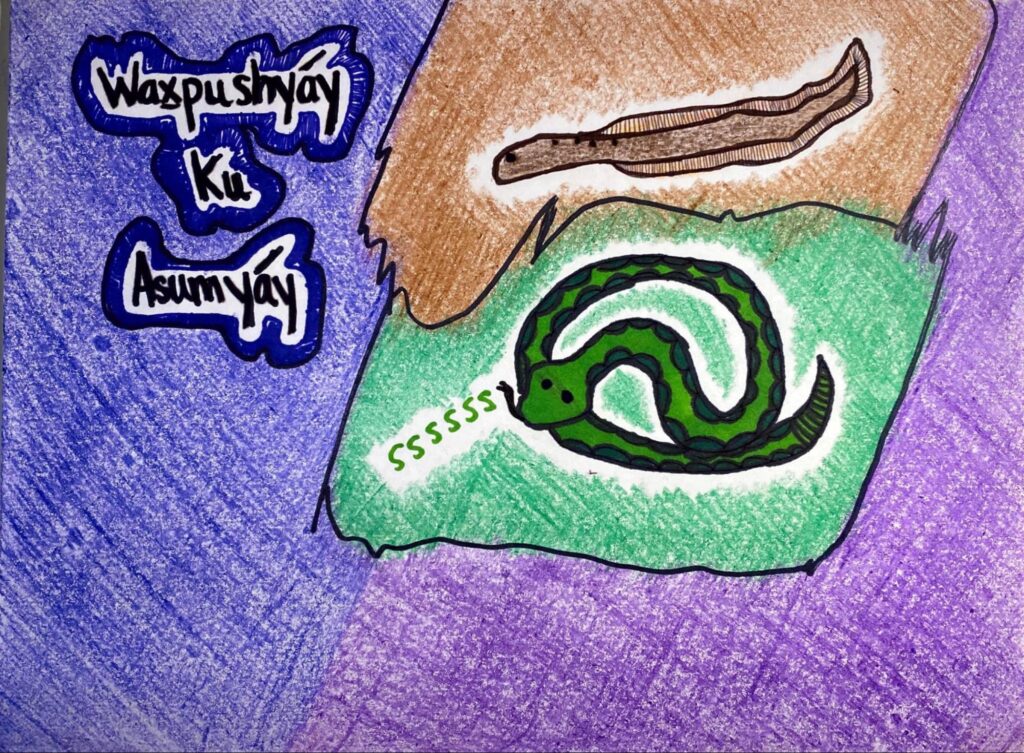
Race Between Rattlesnake and Eel | Yakama Legend: Spotify

Familial Relationships - (1:40-1:55) | Excerpt
At this point in the legend, Eel sees his cousin rattlesnake and says, "Oh, there's my cousin. I better go talk to him. He says, “Oh, cousin, what are you doing up here?” This demonstrates to the listener an example of how you are supposed to act when you see family; it is important to recognize and acknowledge them when you see them. It’s also important to use familial terms as a form of endearment.

(3:10-3:40) | Excerpt

The narrator of the audio version digresses from the story to explain why eels get their "urges" to migrate. She brings up a comparison to fish who do the same thing because of their instinct. Comparing the audio with the written version of the legend makes it clear that those details aren't written in - it simply says that eels wanted to go home.
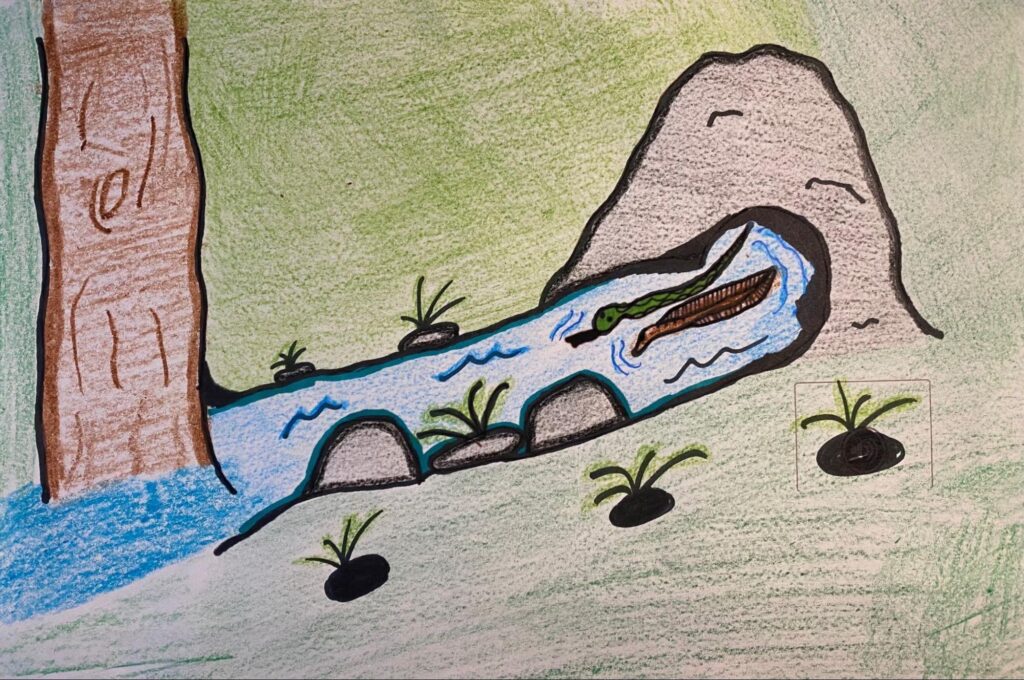
(7:50-8:10) | Excerpt
In this part of the story, the narrator talks about Rattlesnake and Eel running and racing through hills and creeks. The listener might be confused because an eel lives in water, but the narrator might have started the story by saying that long ago animals could transform into people. In this case, the narrator does not mention this, but others have mentioned it. It is important for listeners to understand and build the relation and connection with these animals.
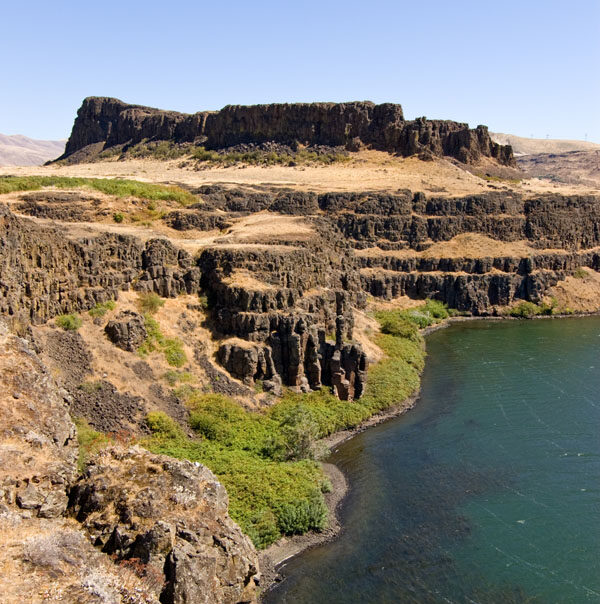
(8:30-9:00) | Excerpt
Here, the narrator describes a specific landmark called Horsethief Lake. This is a significant place for Yakama people and was mentioned in the story for good reason in relation to the habitats of eels and rattlesnakes.
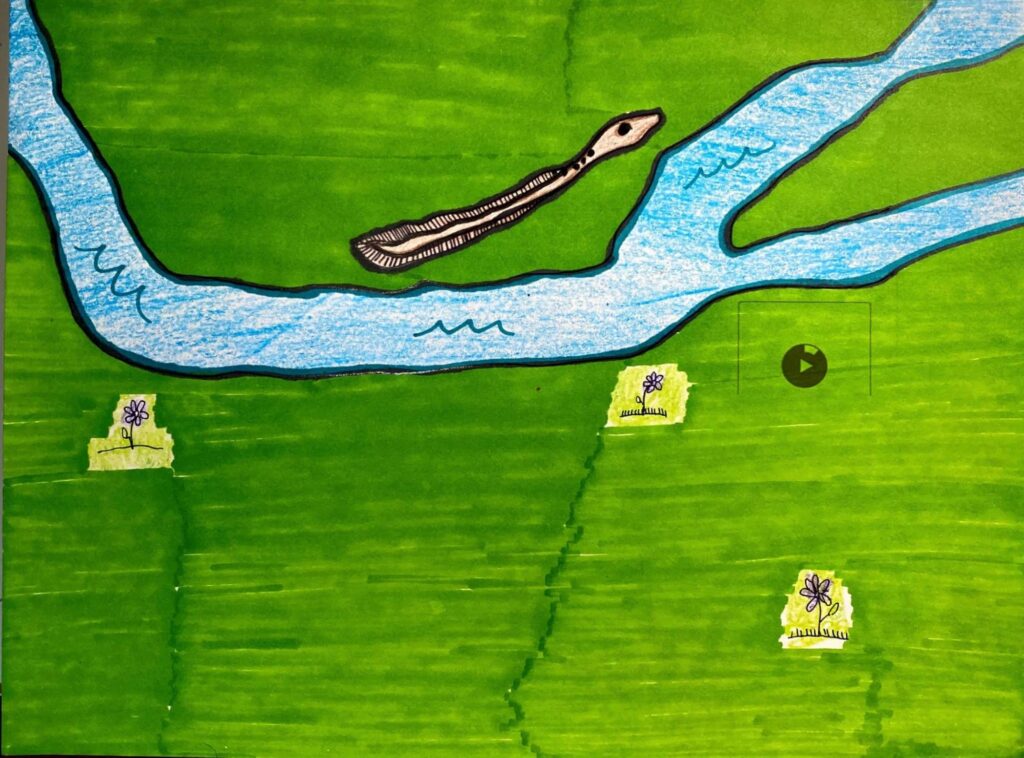
(9:30) | Excerpt
Throughout the legend, Rattlesnake is cheating Eel by giving him bad directions during their race, making Eel way behind Rattlesnake. At this moment, Eel realizes he is behind. As they are racing by the Columbia River, he can smell it because he can smell his home. He uses all his strength to win and find his way back.
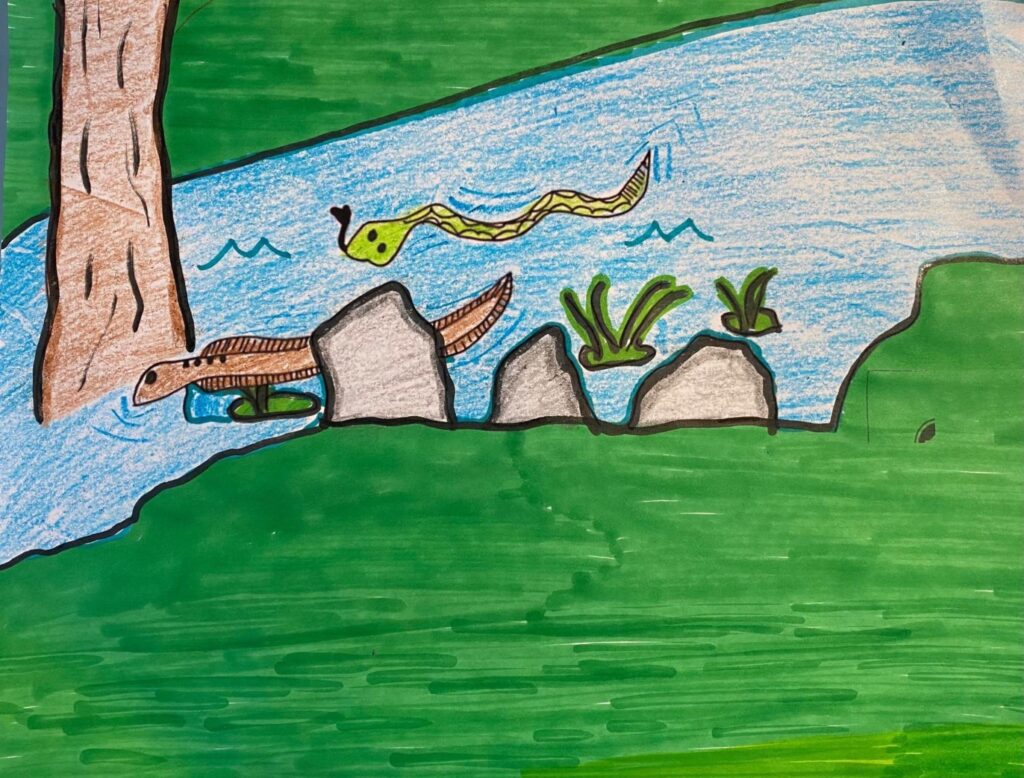
(10:20) | Excerpt
In the end, the Eel won. One of the reasons was that Rattlesnake was too busy teasing Eel during the race, thinking he was going to win. Therefore, Eel got to keep his body and Rattlesnake had to keep his. This is where the narrator starts to explain why the race ended near the Columbia River. She lets the listener know that it is a place where there are many rattlesnake dens, and where eels spawn.
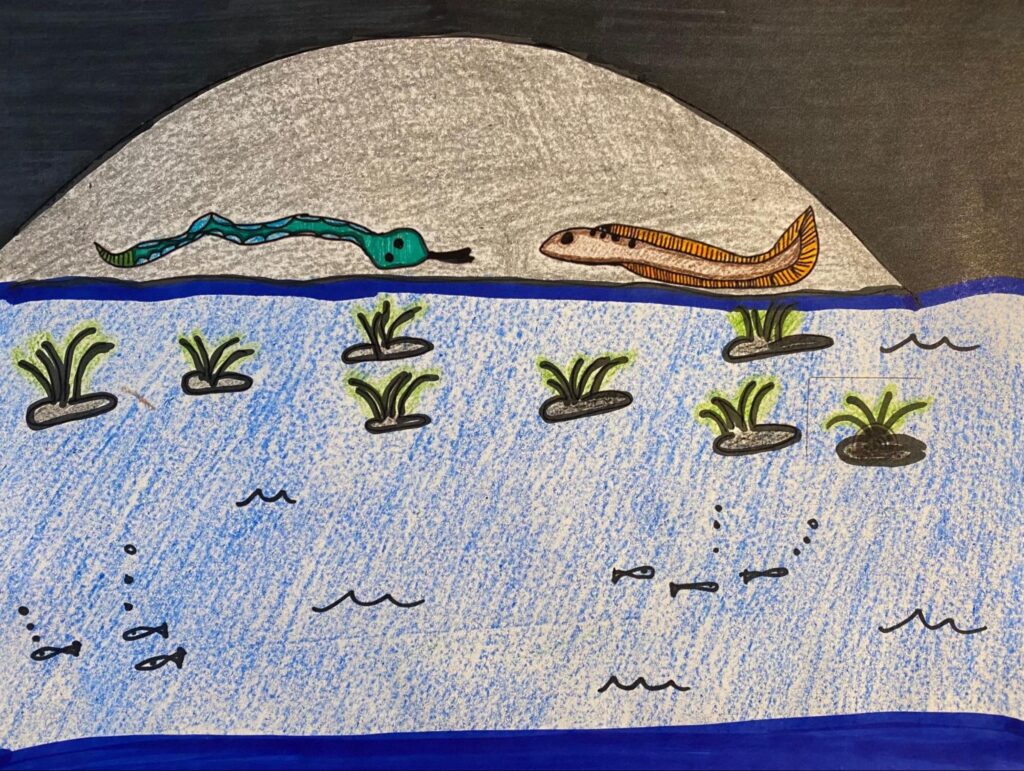
(11:55) | Excerpt
The narrator starts explaining some morals of the story. It is common for narrators not to explain the moral of the story and instead let the children think about what it might be, but sometimes they take the time to explain it. Here, the narrator explains that while you're ahead, be careful about the way you conduct yourself and don't get too confident and don’t tease others. Also, do not cheat people like Rattlesnake did - he ended up not getting what he intended. This teaches children how they should act in the community.
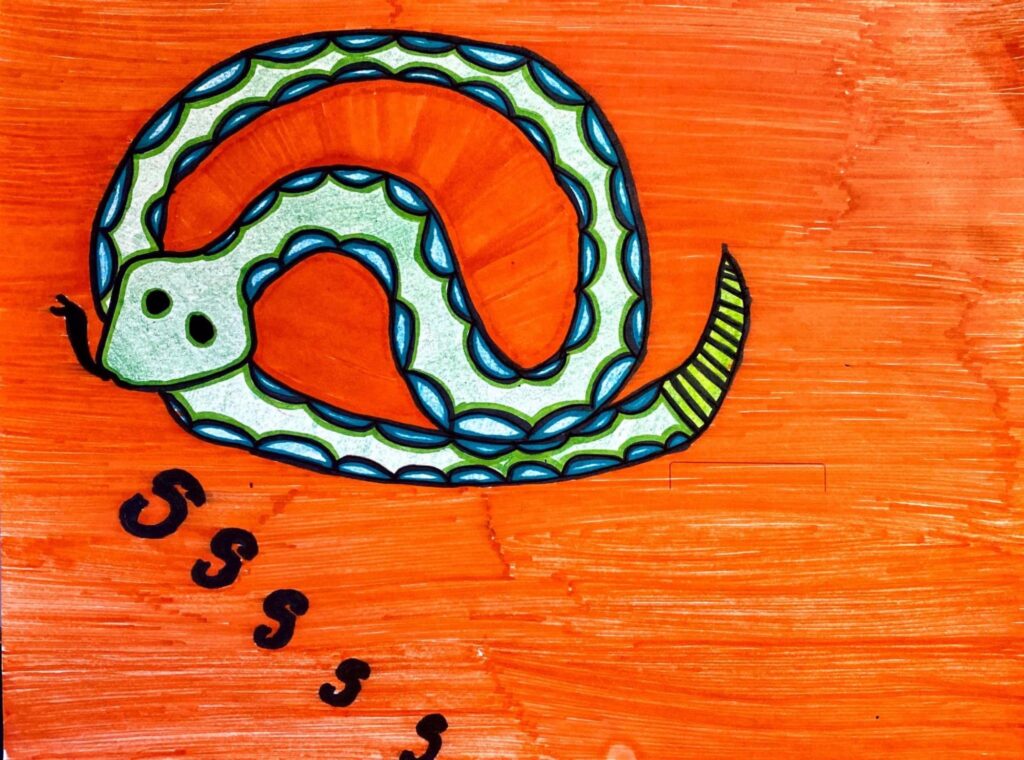
Brown vs. Green Rattlesnakes | Cultural Knowledge
While the narrator does not say this in this audio version or the written version, other times narrators have explained why we only see green rattlesnakes in the mountains. Based on the story, the brown rattlesnakes have to stay down in that area by the Columbia, while the good-looking green Rattlesnakes get to enjoy being in the mountains because they did not lie or cheat or treat their cousin/friend Eel badly.
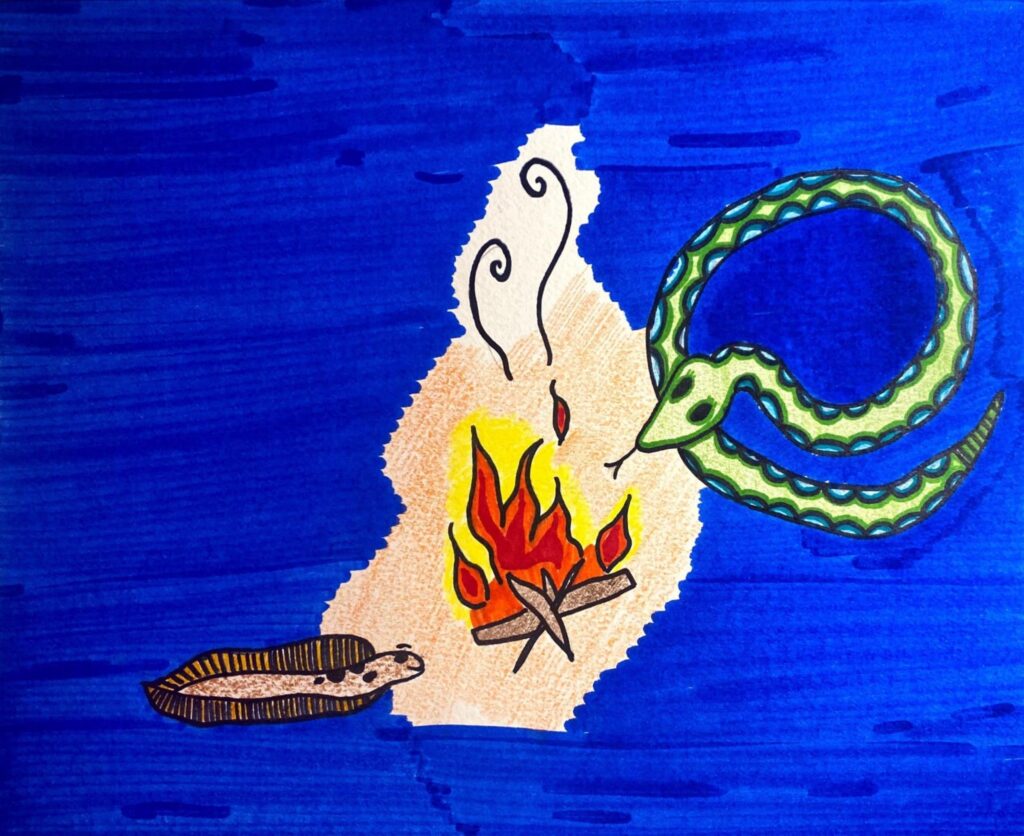
Landmark relevance in Race Between Rattlesnake and Eel | Cultural Knowledge

This image is a written explanation of the landmarks mentioned in the end of the recording and their relevance to Yakama ways.
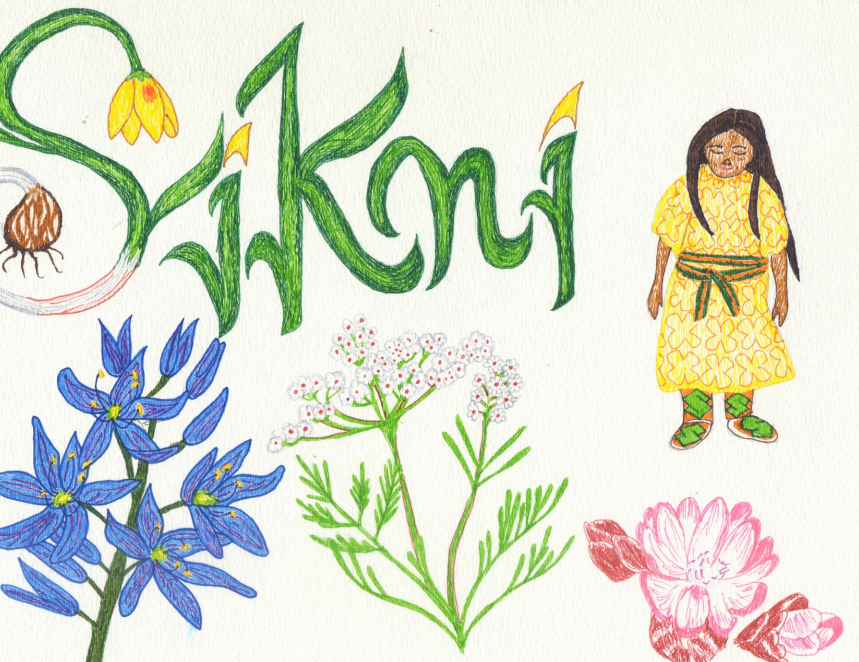
Sɨkni (Wild Spring Flowers/Yellowbell) | Yakama Legend: Written Version, Spotify

(0:00-0:30) | Excerpt
At the beginning of the audio recording, the narrator takes the time to explain that a long time ago plants were people. This is not included in the first few lines of the written version. This reflects teaching traditions specific to Yakama beliefs. It shows the reader how the plants were once beings and how we still view them that way today.
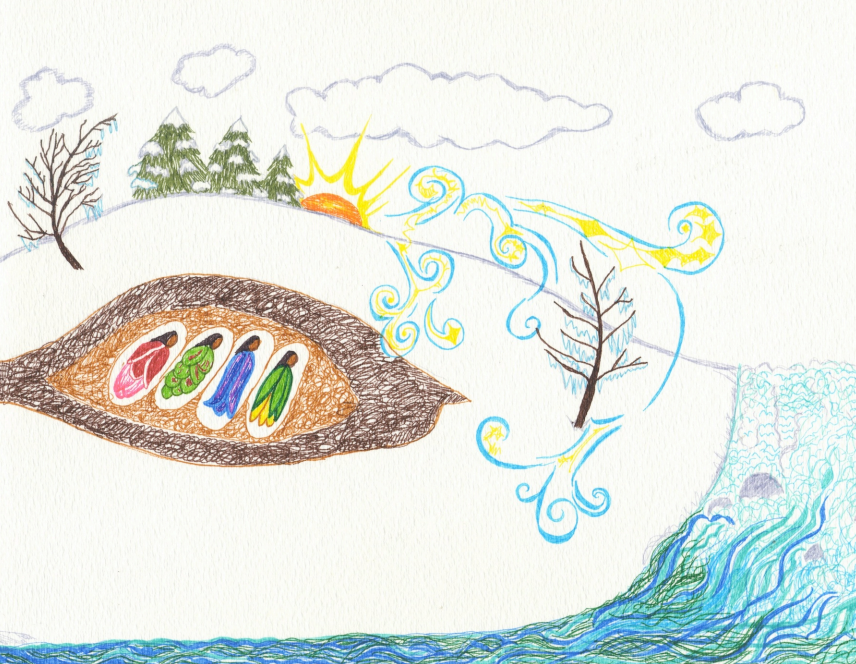
(1:00) | Excerpt
The narrator explains how the three sisters (wildflowers) were asleep for the winter. This would be common knowledge for Yakama people because we gather the roots of these flowers to eat. This is a good spot for the narrator to explain to children that we do not gather the flowers during this time because they are sleeping.
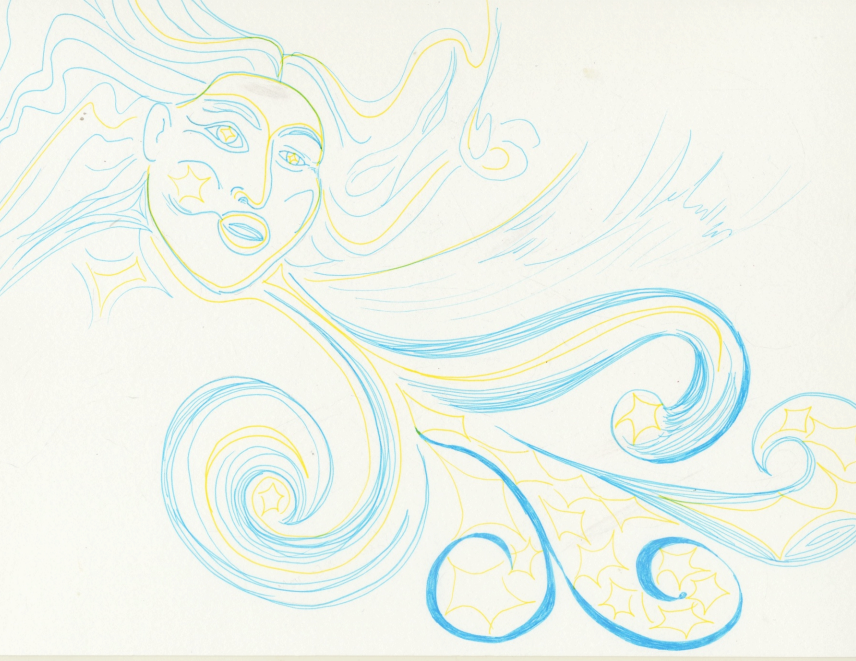
(1:20) | Excerpt
At this time, the narrator explains how the Warm Wind blew in and melted all the snow away. This means it was spring time and time for the roots to wake up. This lets the listener know that the time for their family to gather roots is nearing.
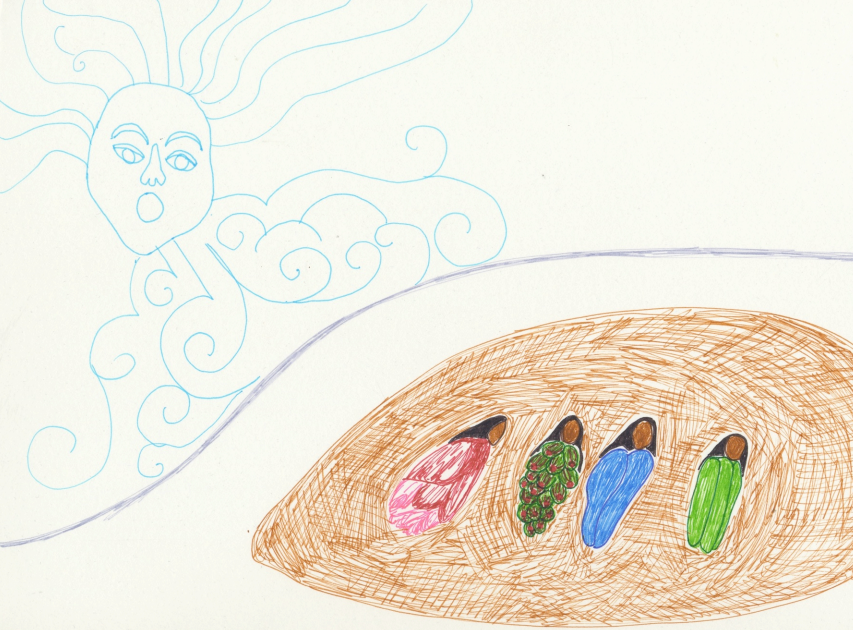
(1:55) | Excerpt
In many legends, it is common for the characters to be related in some way and here the Warm Wind is seen as the wild flowers' big brother. In this section, the Warm Wind addresses them as "little sisters". This shows listeners how they should be using these familial terms to address their relatives.
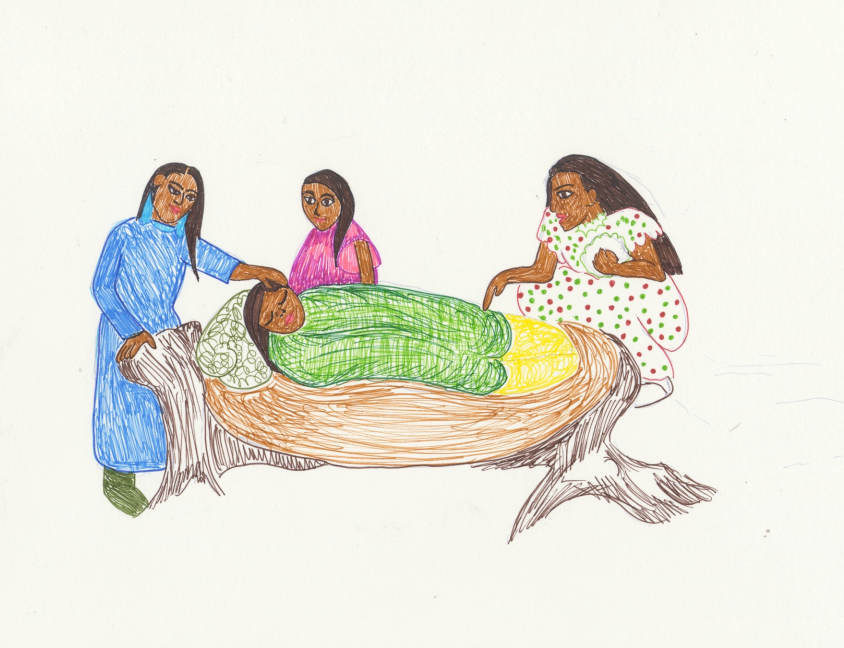
(2:30) | Excerpt
While all of her sisters were getting ready, Sikni was lazing around and not listening to her sisters when they were telling her to get up and get ready for the people. She finally got ready at the last minute, looking "disheveled". She was way behind her sisters. She felt ashamed and hid herself from everyone, bowing her head. When spring time arrives, we can see how the yellowbell plant is the last to bloom, with the flower hanging down. This would be explained to the listener in Yakama storytelling, and it is something they would actually see at springtime.
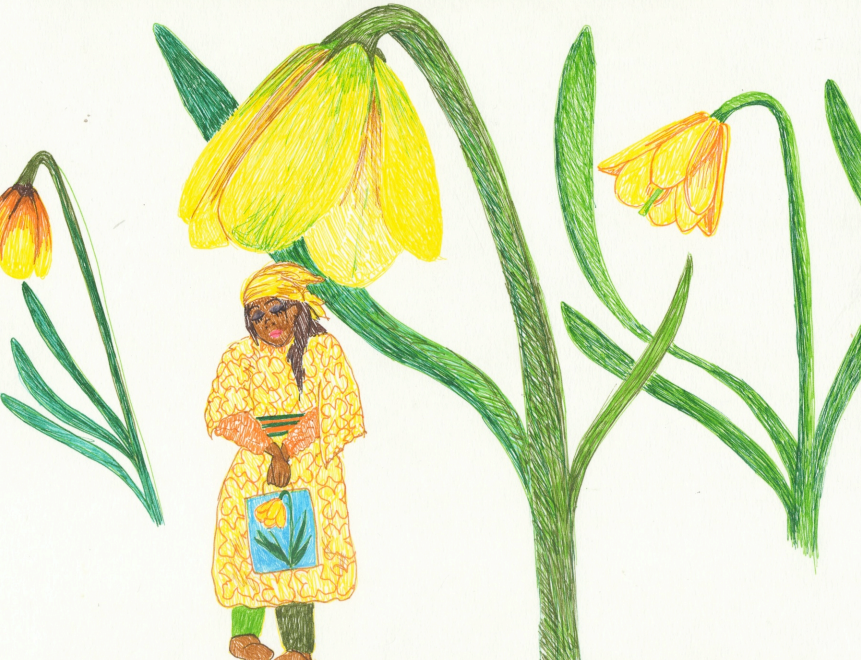
(5:50) | Excerpt
The narrator explains the general lesson to children: when they are asked to get up in the morning, they should not wait around and not listen, like Sikni. Instead, they should jump up and look at the sun!
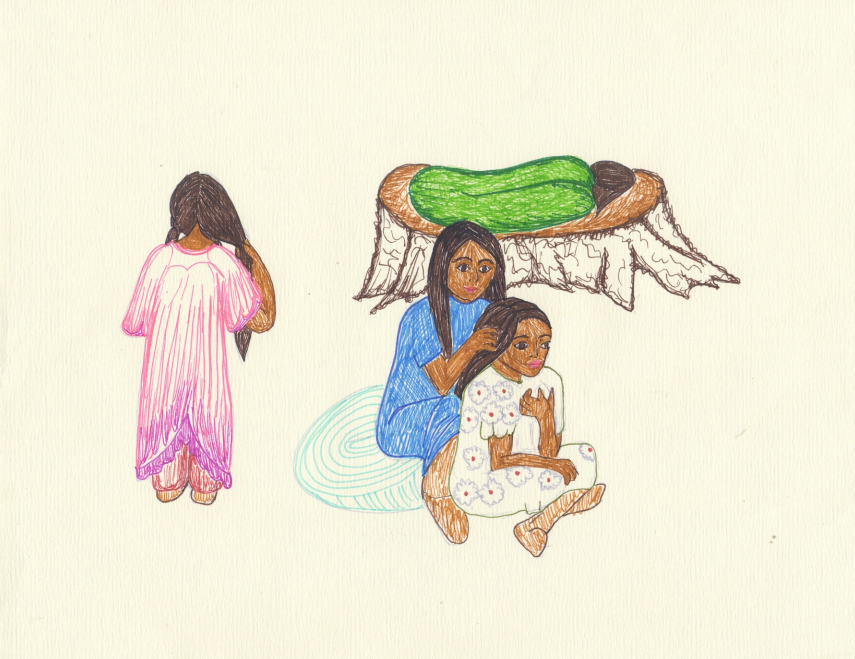
(5:50) | Excerpt
The narrator stops to share more cultural background information about how we prepare ourselves in the morning: the traditional way is different from how we get ready nowadays. It is important for young listeners today to understand the sociocultural differences that are evident within the Yakama community and how they have changed since Westernized European influence.
